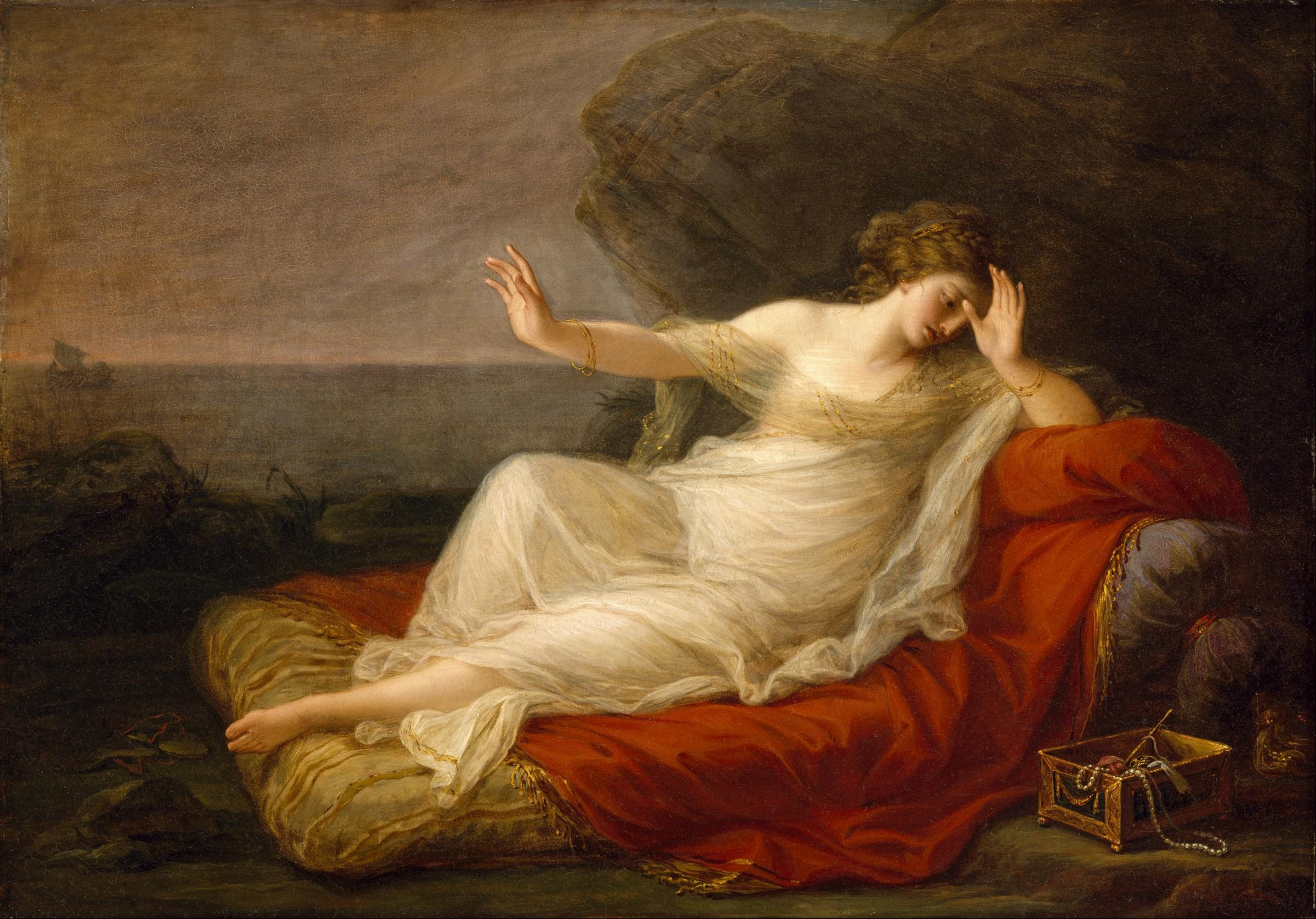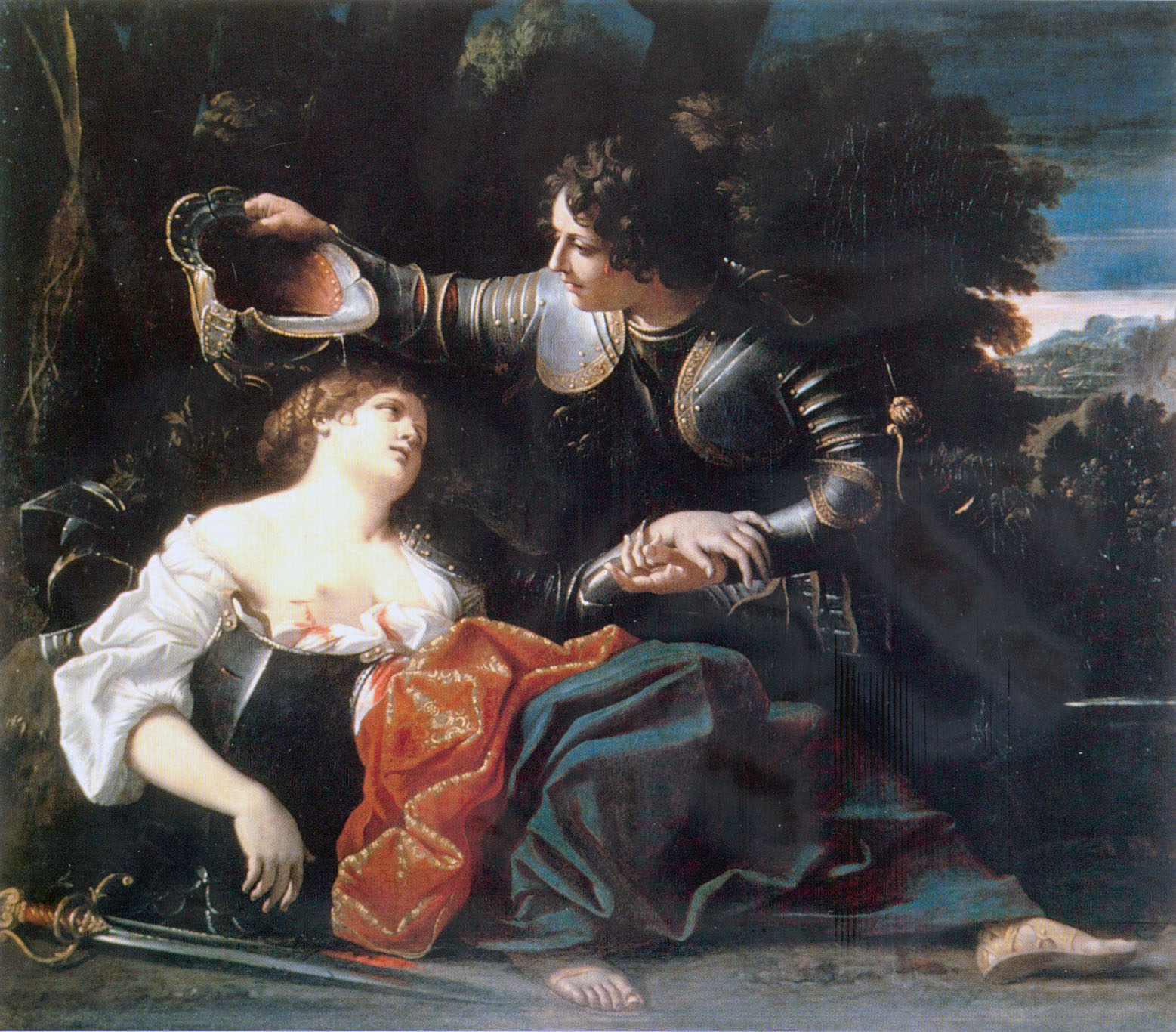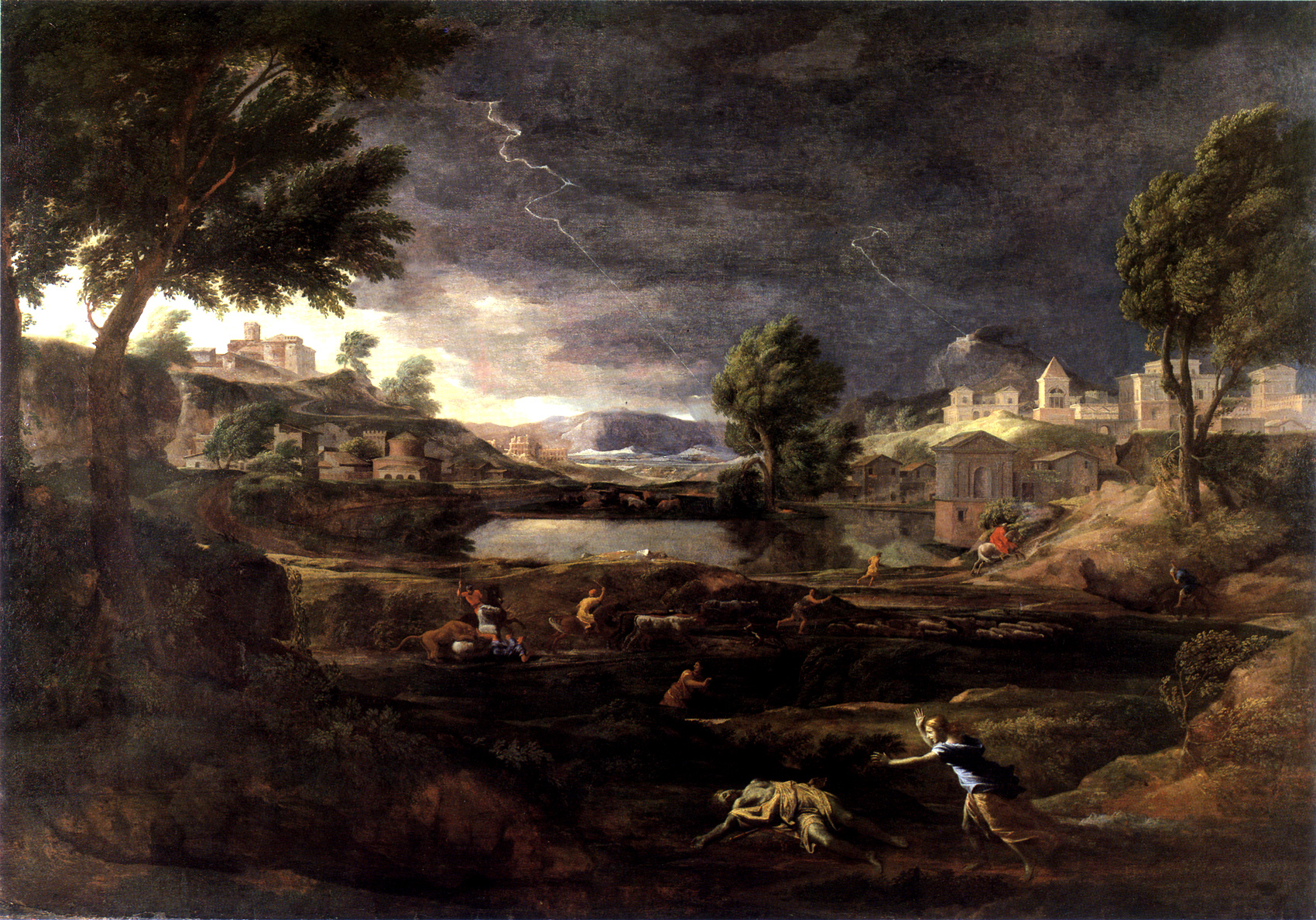
Story webs & the original Romeo & Juliet
Op-edNo piece of art is created in a vacuum.
Any time I’ve worked on a show, I’ve always loved learning of the connections between the opera’s story and its ancestry in literature and history. Greek mythology, Shakespeare, the Bible, Egyptian history, the atomic bomb; these are source material for our stories, and all of the above, at least, have been told through opera.
I’m currently working on the Canadian Opera Company’s upcoming triple bill, featuring two works by Monteverdi, Lamento d’Arianna and Il combattimento di Tancredi e Clorinda, and Barbara Monk Feldman’s 5-year old opera, Pyramus and Thisbe. Three singers are featured: tenor and COC Ensemble Studio grad Owen McCausland, busy Canadian baritone Phillip Addis, and mezzo extraordinare Krisztina Szabó. Director Christopher Alden has spent his hours with these stories, and in his concept discussion with the cast creative team, I realized that these three operas, in this particular combination, create the largest web of story association that I can remember.

Lamento d’Arianna is the only surviving fragment of Monteverdi’s lost opera, Arianna. So, we’ve got the story is that of Ariadne and Theseus (thanks, Greek mythology!). There’s a Minotaur in a labyrinth, to whom the Athenians periodically sacrifice seven youths and seven women (The Hunger Games, anyone?). The hero Theseus slays the carnivorous Minotaur, with the help of the king’s daughter, Ariadne (heroes always get help from women, just like Harry Potter!). In return for Ariadne’s help, Theseus promises to take her away from her family (who wouldn’t like her after she helped the enemy) and bring her home to be his wife. Instead, he abandons her along the ride home, on the island of Naxos (like in that awesome Strauss opera, Ariadne auf Naxos!). Ariadne isn’t happy about this, and she sings her Lament. So, it’s a story of a man who maybe lied to a woman for a greater good, and left her alone without options. Not quite a specific story reference, but familiar nonetheless (#patriarchy).

Our Arianna (Ariadne) and Theseus then transform into Clorinda and Tancredi for opera number two of the evening. Tancredi (you know, the guy from Rossini’s Tancredi, and Voltaire’s Tancrède?) is a noble soldier, and Clorinda is his beloved, but she’s a Saracen (or a Moor, or a Muslim, depending on what century you live in), and she secretly fights battles disguised in her armour. On the battlefield, Tancredi comes across Clorinda (without knowing it’s her), and they have an epic fight (to quote Alden, “very Fifty Shades”). Clorinda gets the short end of the deal (or the long end of the sword, I guess), and just before she dies she asks for a Christian baptism (White Eurocentrism for the win!); Tancredi co-operates, and upon removing her helmet for the baptism, he discovers the dying evil-Saracen-soldier is his secret girlfriend. I bet you can’t think of an opera with mistaken identity in it…cough.

Finally, Arianna/Clorinda and Theseus/Tancredi become Thisbe and Pyramus. Ovid’s story of two lovers from two battling houses is better known as Shakespeare’s Romeo and Juliet. The Shakespeare tie gets more interesting when you consider A Midsummer Night’s Dream, where the comedy troupe performs their play, Pyramus and Thisbe (Romeo was written before Midsummer, so the reference is quite meta). There’s also the Britten thing; opera geeks like me are also inclined to giggle at his insanely hilarious opera, A Midsummer Night’s Dream, based on the Shakespeare. The connections, they’re ubiquitous!
It struck me that the programming of these three pieces is, frankly, genius. There are the endless story associations like the few I’ve mentioned, but there’s a more interesting connection of historical women, and how they interact with the men they love. The women in all three shows are archetypal: Ariadne, the abandoned, Clorinda, the victim of sexism and racism, and Thisbe, the woman whose fear spoils her plans for true love. Hearing these three stories in succession is almost like bookending the poles of opera; Monteverdi and Monk Feldman are roughly 500 years apart, but their story sources are the same. The musical styles sound worlds apart, but there are important nods to these source-material stories. It’s almost like a larger-scale homage to opera as storytelling. Get your tickets now.
The Canadian Opera Company’s triple bill opens on October 20th at the Four Seasons Centre for the Performing Arts. For details and to purchase tickets, follow the box office links below.


Comments